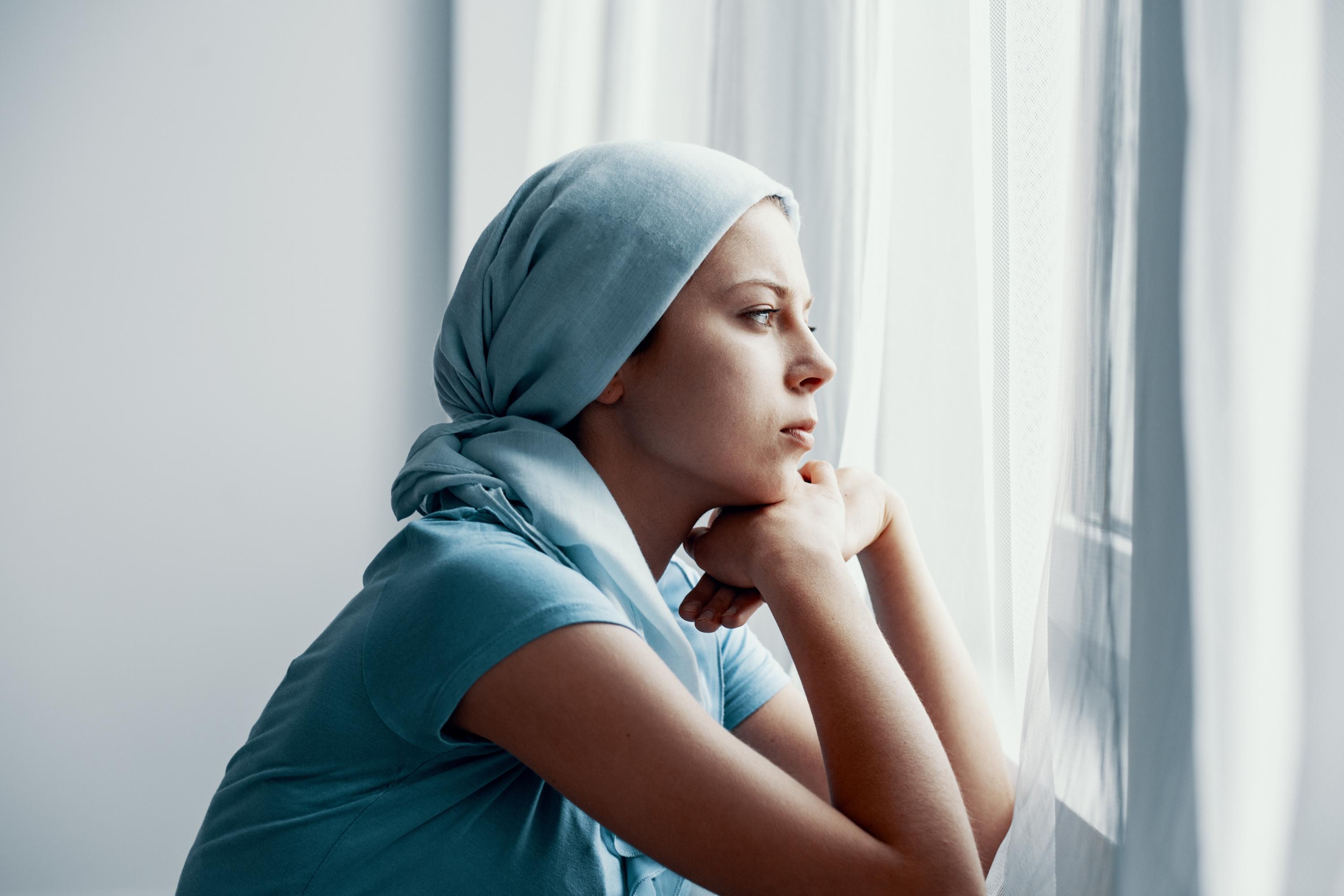At the announcement of her breast cancer, Laura, a hairdresser in Paris, cut her hair close to the ground and equipped herself with a cap: like other patients, she had to prepare to face the dreaded side effects of cancer: hair loss, nausea, pain, fatigue…
In practice, the list of undesirable effects depends on the location of a tumor and the therapies that are given.
But, if it is not a question of denying the problem, many of them can be reduced or avoided thanks to supportive care.
And we hope tomorrow to be able to predict them as soon as a diagnosis is made, to better help the patient to manage them.
A long list of symptoms
Often prescribed, chemotherapy can trigger allergies, canker sores, a decrease in white blood cell, platelet and/or red blood cell counts, menopausal symptoms, alopecia, reduced fertility or taking weight.
Radiotherapy is likely to cause skin erythema, migraines, tracheitis.
As for surgery, it puts at risk of urinary retention, constipation, phlebitis, peritonitis…
” READ ALSO –
Cancer: these warning signs that should lead you to consult
This long list of symptoms is frightening.
Especially since there are also the side effects of targeted therapies, hormone therapy or immunotherapy.
However,
"not all of them are systematic or simultaneous, and it is possible to make them disappear or attenuate them with appropriate medication, advice and care, which is why consultations are planned to talk about it",
explains Dr. Carole Bouleuc, head of the interdisciplinary supportive care department at Institut Curie.
Appropriate physical activity
Thus, there are very effective drugs to block vomiting, and the risk of nausea can be limited by dietary advice or relaxation exercises.
Similarly, a cooling helmet can limit the sometimes irreversible hair loss from radiotherapy, when aesthetic care helps to support it.
Analgesics relieve pain, their action can be supplemented by non-drug techniques: hypnosis, acupuncture, etc.
” READ ALSO –
Even with cancer at an advanced stage, physical activity remains beneficial
Finally, appropriate physical activity, which Dr. Carole Bouleuc warmly recommends, is useful against fatigue:
"It's the best treatment, the one for which we have the most favorable clinical studies, and we are starting to have data on its benefits in pain syndrome.
»
Develop tools and anticipate
Unfortunately, pain and fatigue often remain there for years: they are found respectively in three-quarters and half of patients five years after diagnosis and the start of treatment.
There are, however, wide variations in late side effects from patient to patient.
Hence the importance of developing tools to anticipate and predict which patient is most at risk of being exposed to it.
And this is precisely what researchers from Inserm and the Institut Gustave-Roussy have worked on, based on data from a large number of patients treated for breast cancer and followed in the CANTO study.
” READ ALSO –
Cancer: inequalities in the face of supportive care
“We are looking at their answers to questionnaires on quality of life and long-term toxicities reported for treatments, while examining a series of individual markers both genetic, metabolic and inflammatory”,
explains Dr Inès Vaz -Duarte-Luis, oncologist and researcher at the Gustave-Roussy Institute.
His team participated in the development of an algorithm that will allow the clinician, from the diagnosis, to know to what risks of severe fatigue his patient is exposed, to better help him to support it.
And if only breast cancers are currently monitored in CANTO, research is underway to develop similar tools and personalized monitoring for all tumours.
Prediction tests
The CANTO study (for CANcer TOxicities), started in March 2012 and recently relaunched to follow younger women or benefiting from innovative treatments, supports 12,000 patients for five to ten years, noting all the side effects of their treatments.
The objective is twofold.
This involves both measuring their impact on quality of life and identifying markers to develop prediction tests.
CANTO is currently only following women treated for breast cancer, but it is planned to follow patients treated for lung cancer.













